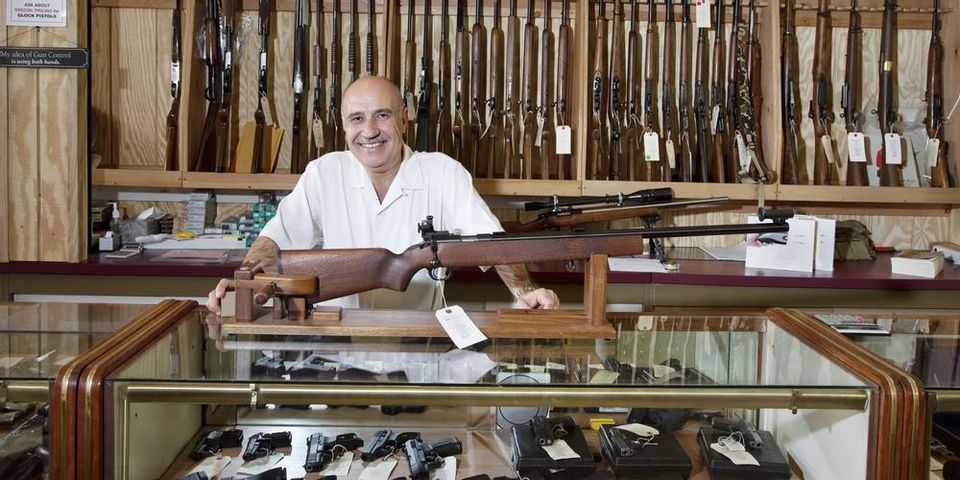

Google does not release actual counts of searches, but creates an index, where the day with the highest search totals is recorded as a 100. The figure below presents daily Google Trends index values for that search term in the United States. Following an approach used in prior research, we track searches for a common racial epithet as a measure of racial animus. To examine this issue, we augment our analysis with data from Google Trends, which indicates the relative frequency with which individuals search for certain terms. The Role of RacismĪlong with the general concern for personal security that these protests may have unleashed, additional data suggests that inherent racial tensions in our society also contributed to the June spike in firearm sales. This includes an additional 1.4 million firearms beyond the number that we would normally expect to be sold in June. The protests faded but, as public discussions about Black Lives Matter and defunding the police persisted, firearm sales remained elevated throughout the month of June.Īs a result of these events, firearm sales in June were the highest on record (since data collection began in 1998), with 3.9 million firearms sold. The onset of these protests started another surge in firearm sales, reaching 150,000 per day on June 2 and June 3. Kearney and Phillip Levine Monday, June 15, 2020 Additional protests, including clashes with police, continued for several days.

Protests then spread nationwide, including to Lafayette Square in Washington, DC, where the federal government forcibly removed protesters, reportedly using chemical agents and rubber bullets, on June 1. Then George Floyd was killed on May 25, which started a chain of events leading to a Minneapolis police station being burned down on May 28. Over the next two months, as the country settled into its new environment and even moved into a period of scheduled re-openings, firearm sales stabilized, if perhaps at a slightly higher level than earlier in the year (seasonal variation is modest during this period of the year). This suggests that the spike in firearm sales resulted from a general sense of national apprehension, rather than a response to differential deterioration in local conditions. The geographic pattern in the additional sales is not correlated with COVID-19 death rates nor with increases in unemployment rates. Over 700,000 additional firearms were sold in March. Over the next 12 days (including that day), firearm sales surged, jumping to over 120,000 per day, and peaking at 176,000 on March 16. On March 13, President Trump issued a proclamation declaring a national emergency concerning the COVID-19 outbreak. Within that period, daily sales varied within the range of 80,000 to 100,000 per day. As the following figure shows, the average daily level of firearm sales in January and February was 92,000. Emergency = gun salesĭaily data allows us to better identify the sources of fears about personal safety.

By June, concerns about the virus and the economy remained, and were compounded by new evidence of racial injustice in policing, widespread protests, and discussions of defunding the police.
#DIFFERENT TYPES OF GUNS WITH PICTURES FREE#
In March, concerns about personal safety arose from both a deadly new virus and an economy in free fall. The 2020 spike, however, is less about concerns regarding access to firearms, than personal safety. In past work, we have used these data to show that the spike in firearm sales following the Sandy Hook school shooting led to a spike in accidental firearm deaths, particularly among children. These data do not perfectly measure firearm sales, but they are highly correlated with sales and are commonly used by researchers. The data presented here are from background checks conducted by the FBI before a firearm is sold by a licensed dealer. Protests demanding gun control legislation led by students in Parkland, Florida, the site of the most recent high-profile school shooting, led to another spike in sales of 700,000. Following President Obama’s calls to impose modest restrictions on firearm sales in response to the Sandy Hook elementary school shooting and the San Bernardino terrorist attack, sales jumped by 3 million and 1.6 million, respectively, beyond the expected level over the few months of elevated sales. Past spikes in firearms sales have occurred when individuals worried about possible restrictions (see figure below). Professor of Economics - Wellesley College Spikes in gun sales over a decade


 0 kommentar(er)
0 kommentar(er)
